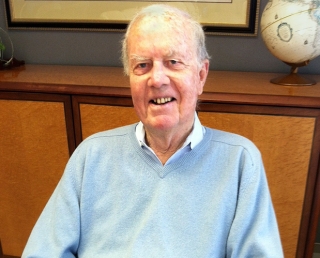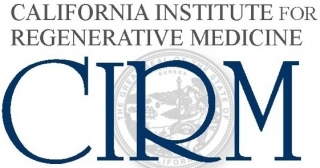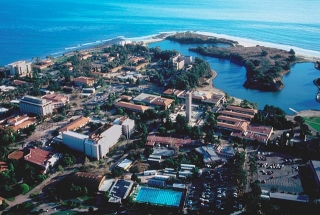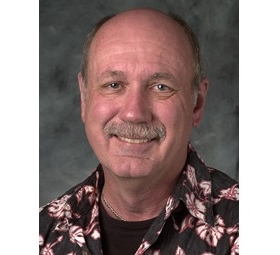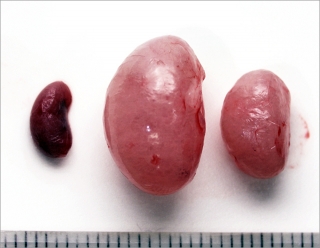Amgen founder Bill Bowes gives $5 million to develop stem cell therapy for ocular disease; donation launches EMBODI, new biomedical initiative
By growing new retinal cells to replace those that have malfunctioned, scientists hope to one day create and fuse entire layers of fresh cells –– a synthetic patch akin to a contact lens –– as a treatment for age-related macular degeneration, the top cause of visual impairment among people over 60.

